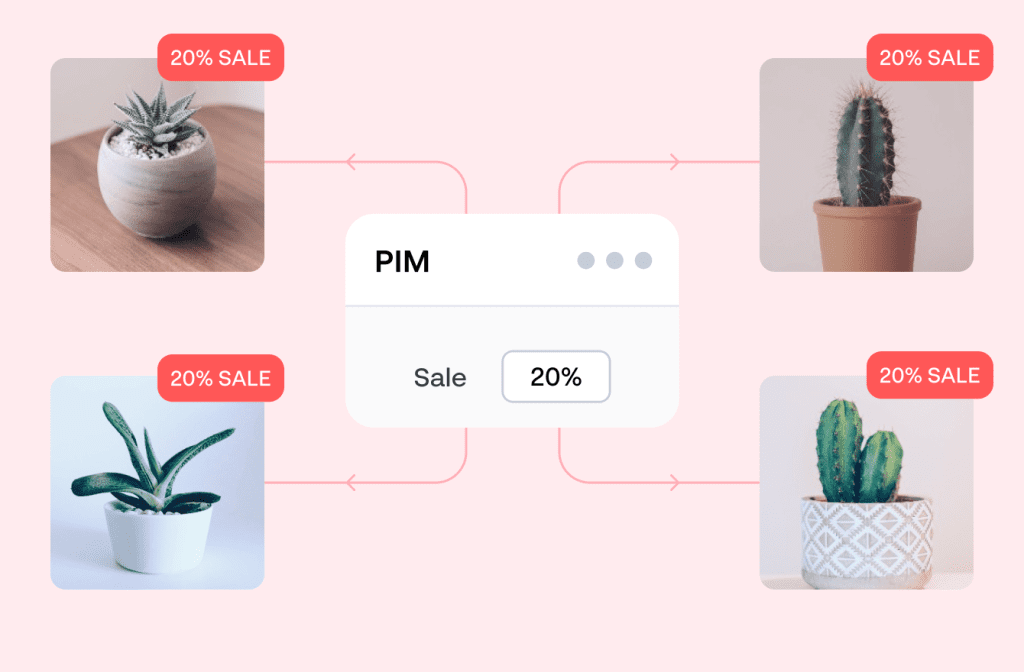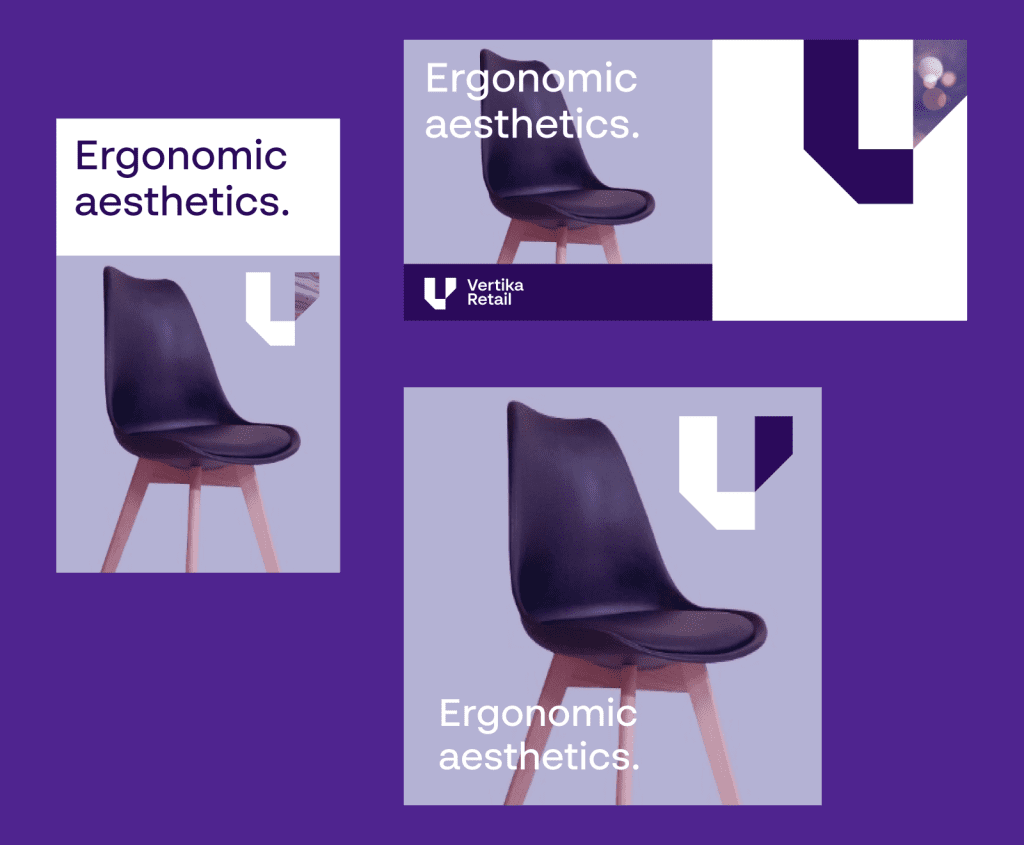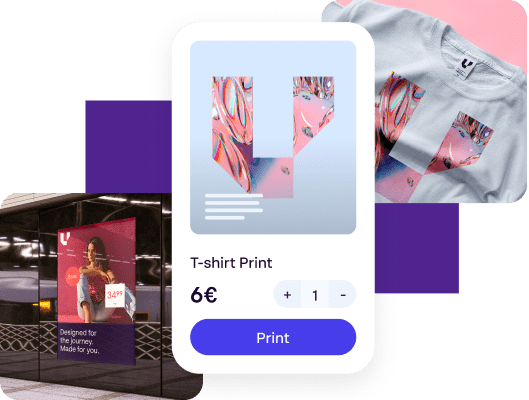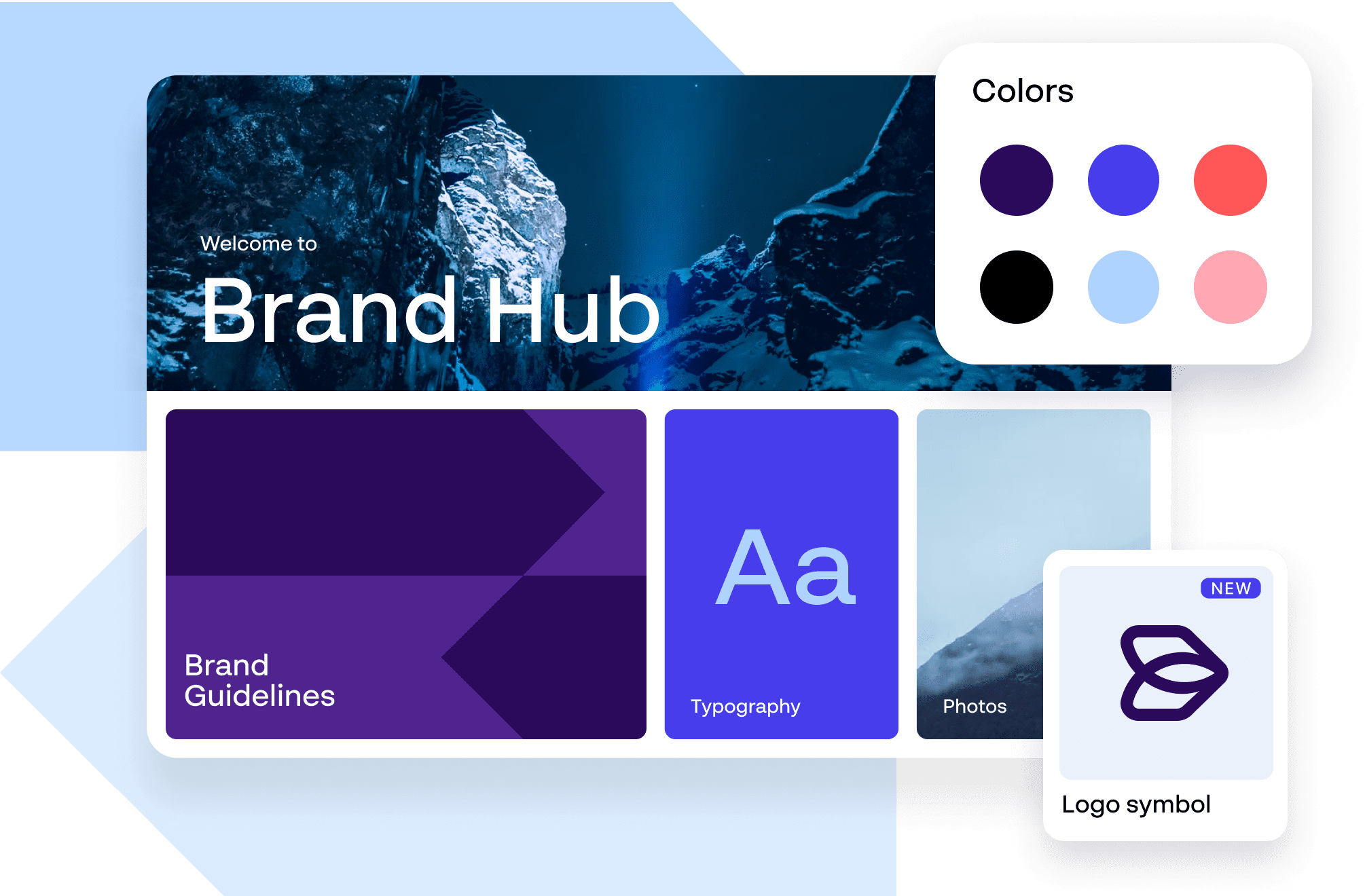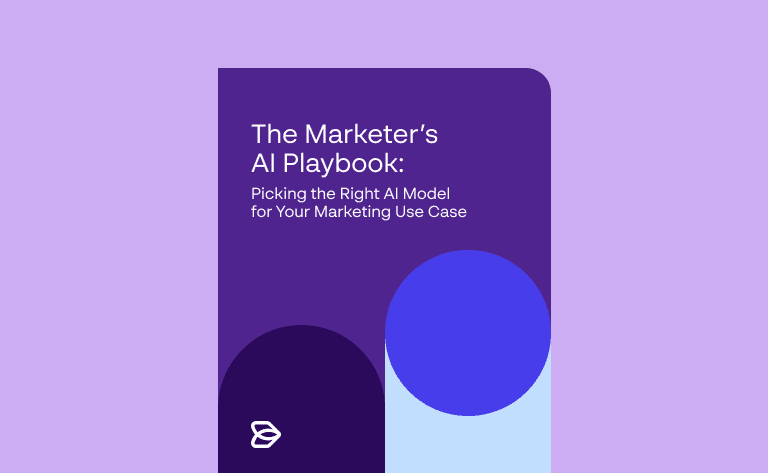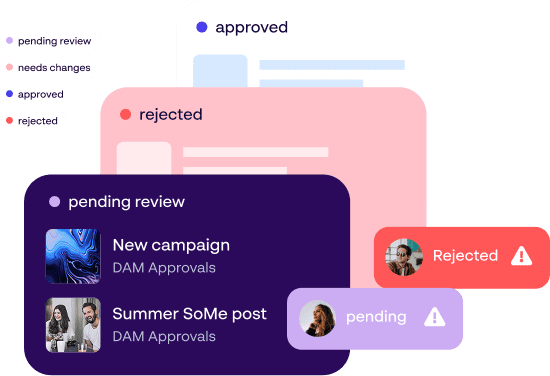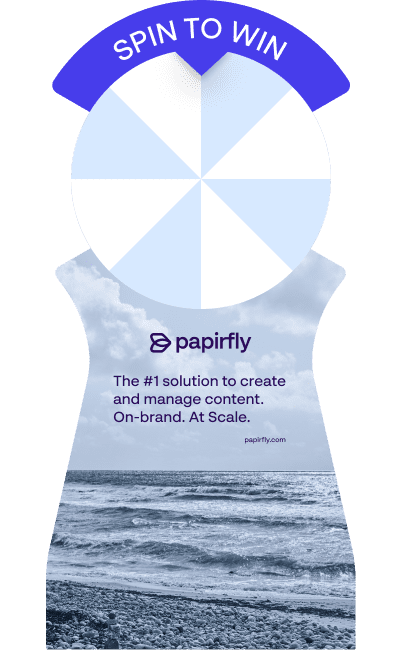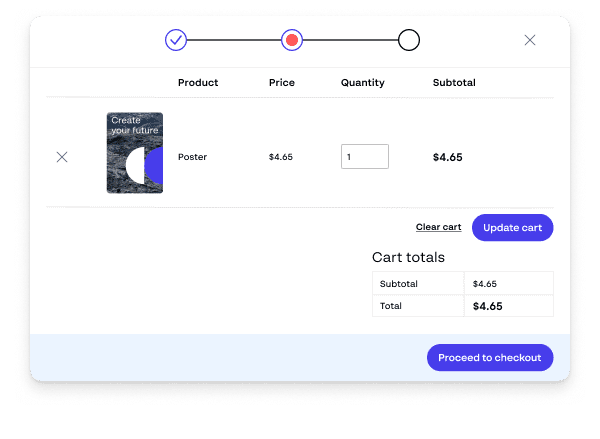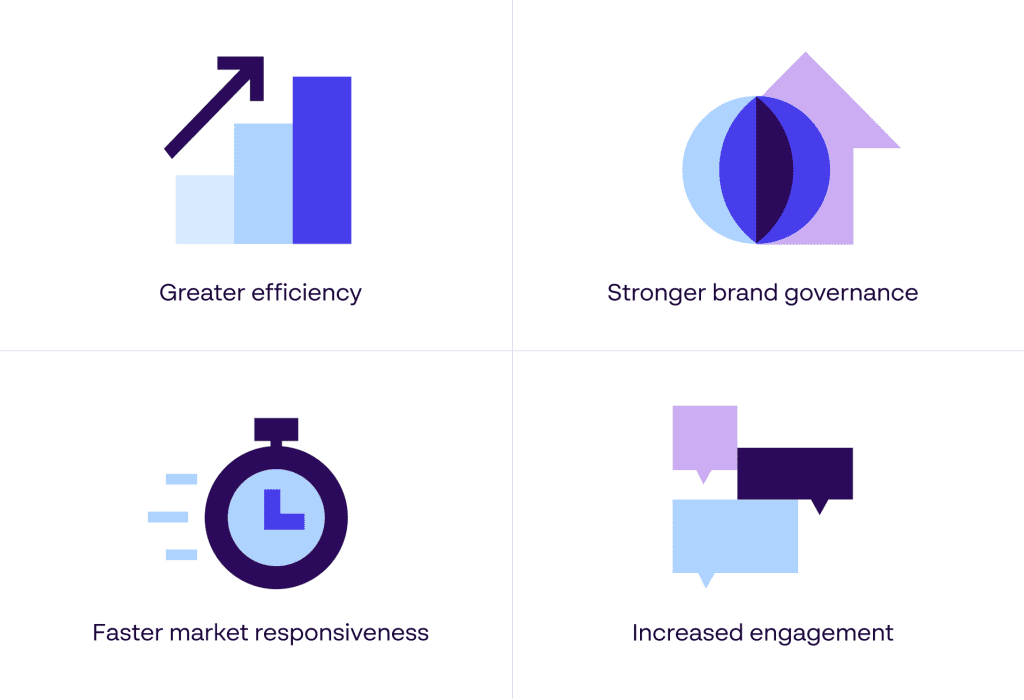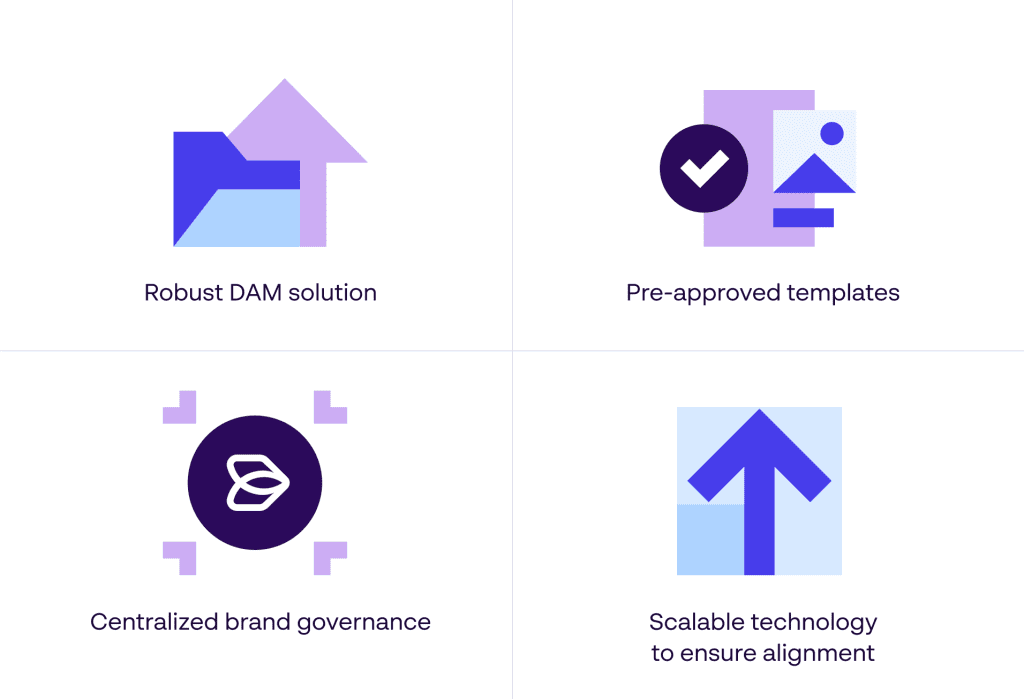Retail marketers today face a fragmented, chaotic content landscape. This blog explores the challenges of delivering consistent, on-brand messaging across 12+ retail channels—from e-commerce and franchise networks to programmatic and in-store campaigns. Learn how Digital Asset Management (DAM) with channel-specific portals offers a scalable solution, and take our 21-question audit to identify gaps in your current operations.
Why retail marketing is more complex than ever
If you’re a retail marketer, your day is a constant balancing act. You’re expected to deliver consistent, compelling brand experiences across more touchpoints than ever before—and do it faster, cheaper, and more often.
Once upon a time, marketing was relatively linear. Create the campaign. Send it to store. Repeat. Today? You’re managing content for your own e-commerce platform, distributor sites, physical displays, franchise networks, social channels, email campaigns, and more.
Each route to market demands tailored content, unique formats, regional adaptation, and compliance checks. Global teams juggle multiple file versions and stakeholders. Local teams often recreate assets from scratch because they can’t find the right ones.
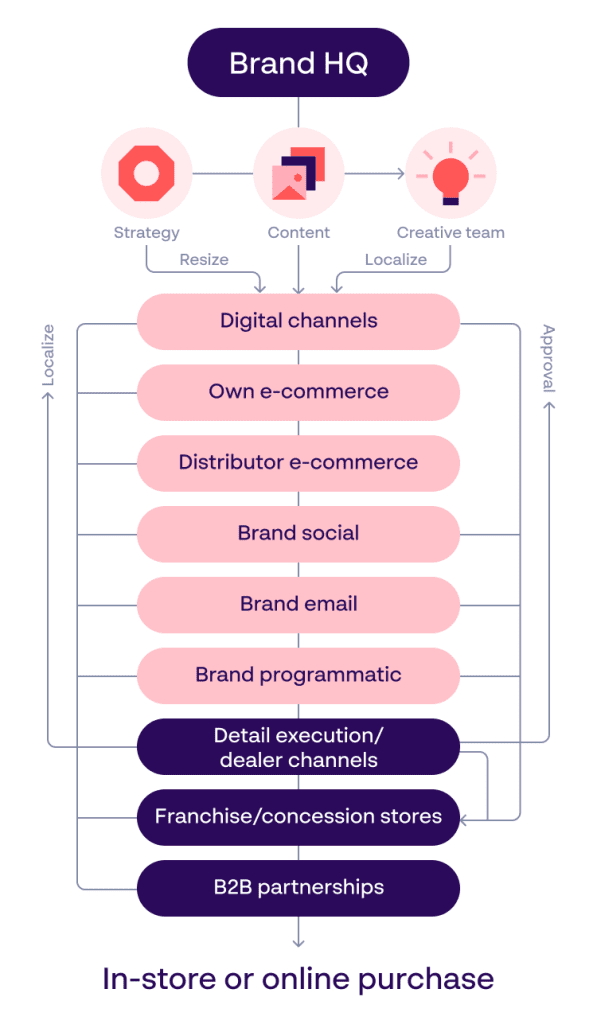
How disorganized content slows down retail growth
Without the right systems in place, content operations become a source of delay and frustration.
Retail marketers face:
- Delays in approvals and launches due to unclear workflows.
- Redundant work, as teams duplicate efforts across markets and formats.
- Off-brand activations stemming from outdated or non-compliant assets.
- A lack of transparency into which content is used where—and how it performs.
According to the Content Marketing Institute, 67% of marketers say campaign speed is directly tied to revenue performance (CMI, 2025). Yet without asset visibility and governance, campaign execution slows to a crawl.
A new foundation: Digital Asset Management with portals
The answer isn’t more people or more meetings. It’s better infrastructure. A modern Digital Asset Management (DAM) system acts as the foundation for consistent, scalable, and localized retail marketing.
DAM with channel-specific portals lets you:
- Serve the right assets to the right partners at the right time
- Maintain brand control across every execution
- Empower local teams to adapt and publish content independently
- Connect your content with tools like PIM and CMS
- Track usage, performance, and asset reuse
This approach reduces duplication, ensures compliance, and accelerates time to market.
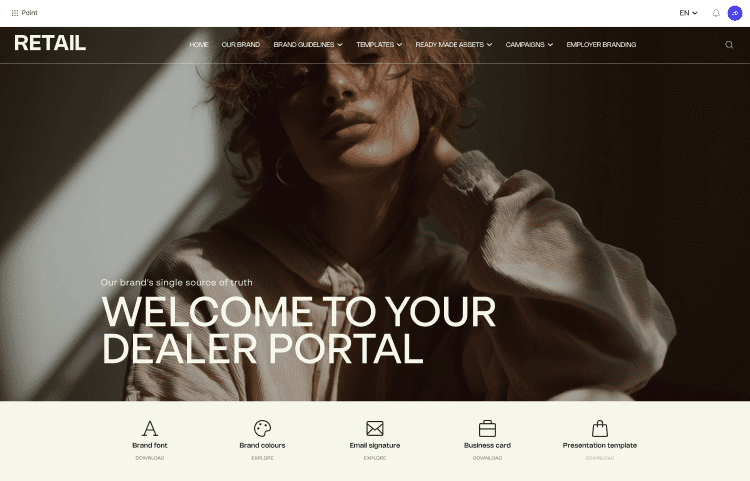
Ready to assess your content operations?
To help you take the first step, we’ve created a Retail Content Operations Audit. In just 21 questions, you can:
- Uncover inefficiencies and bottlenecks
- Evaluate your tech stack and workflow readiness
- Prioritize where to streamline or scale content operations
The checklist includes 21 yes-or-no questions designed to reveal the friction points slowing your campaigns. It’s the fastest way to map where your content machine is working—and where it needs tuning.
Eliminate bottlenecks from your retail mix
Streamline your retail content
in 21 questions
Eliminate bottlenecks from your retail mix
Streamline your retail content
in 21 questions
Eliminate bottlenecks from your retail mix
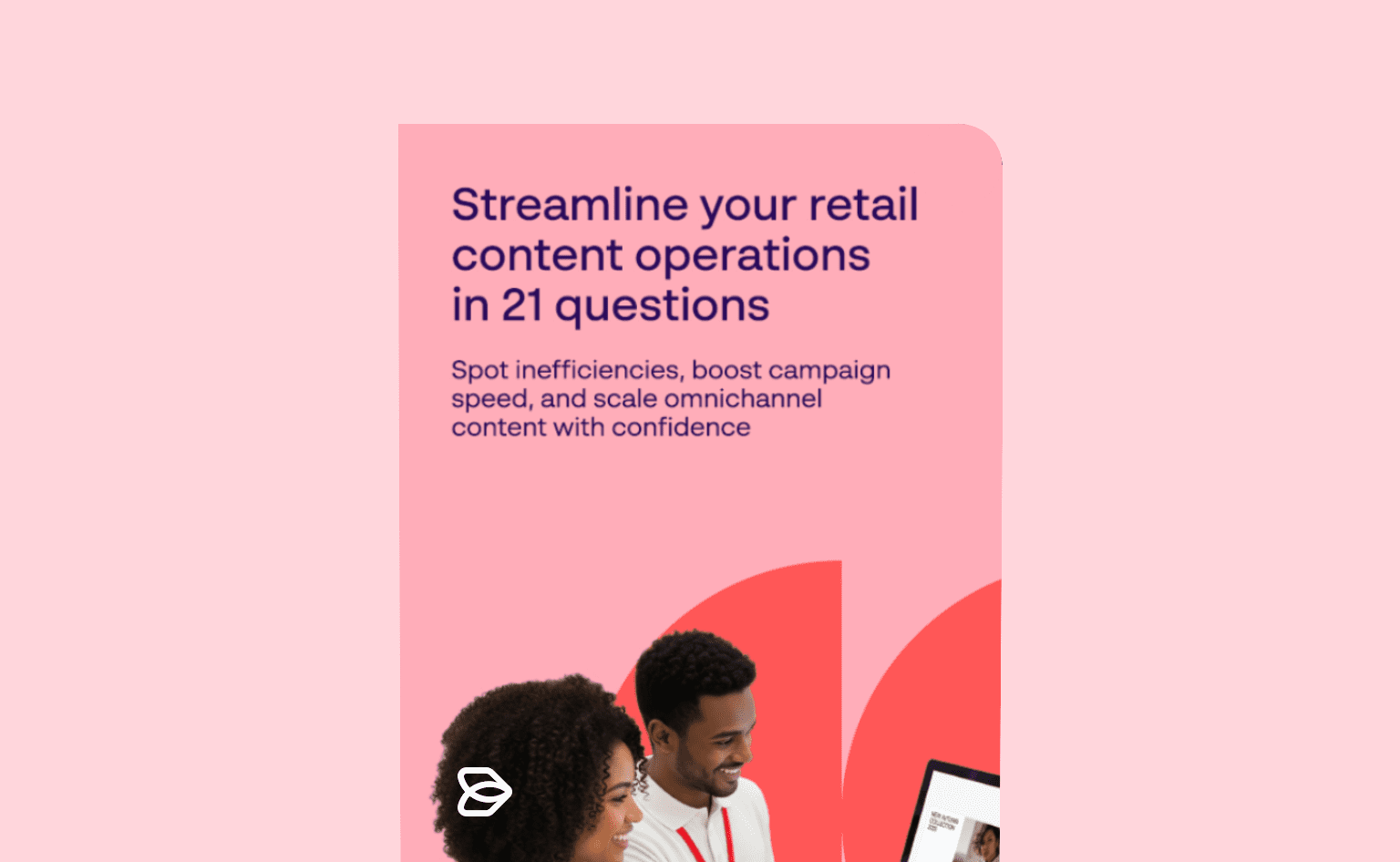
FAQs
Fragmented channels, inconsistent branding, manual content adaptation, and approval delays are some of the most common operational issues.
A DAM with portals streamlines asset access, ensures compliance, and empowers local teams with ready-to-use, on-brand content.
It evaluates content strategy, workflow efficiency, tech stack integration, and brand governance across channels.
Anyone involved in campaign delivery—brand managers, trade marketers, content leads, and regional marketing teams.
t takes just 3 minutes and provides a clear snapshot of where to streamline content ops and scale more effectively.






